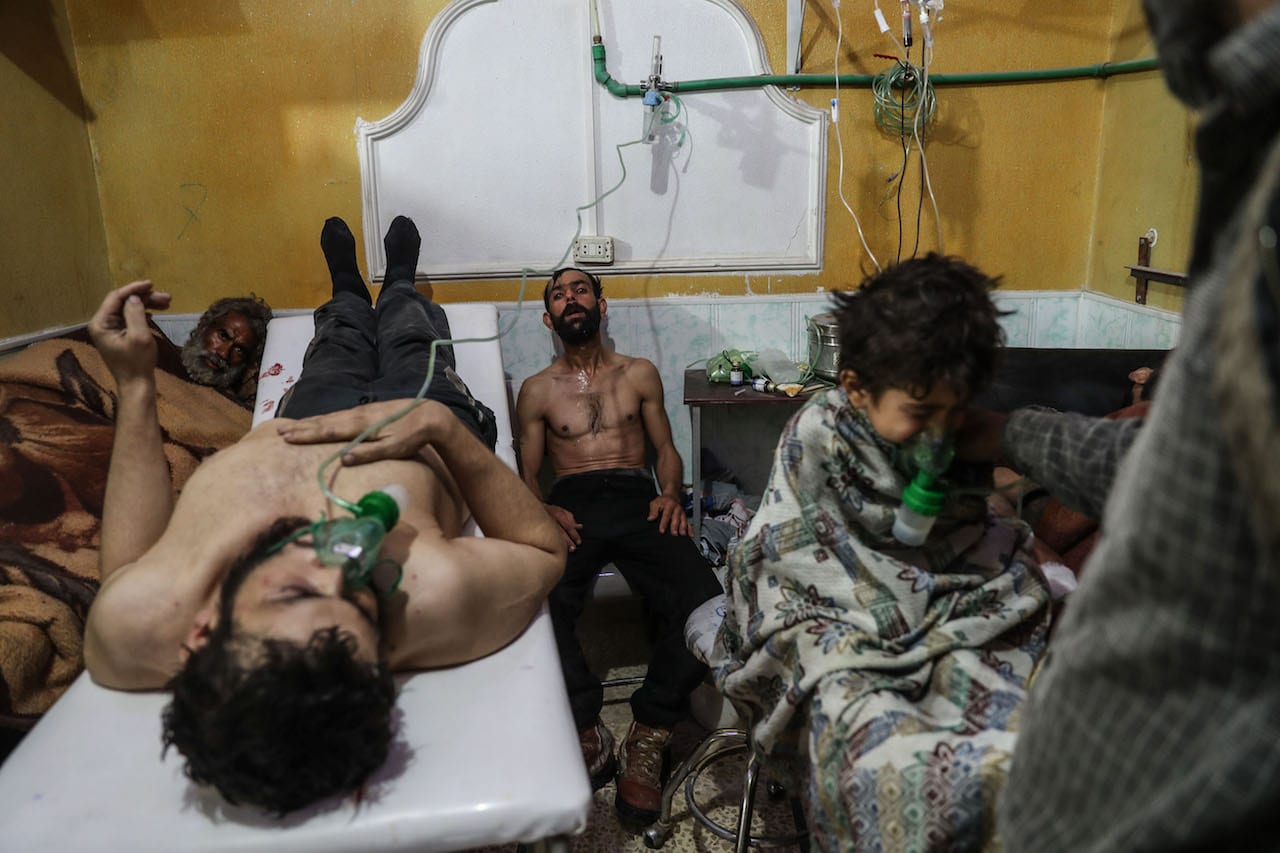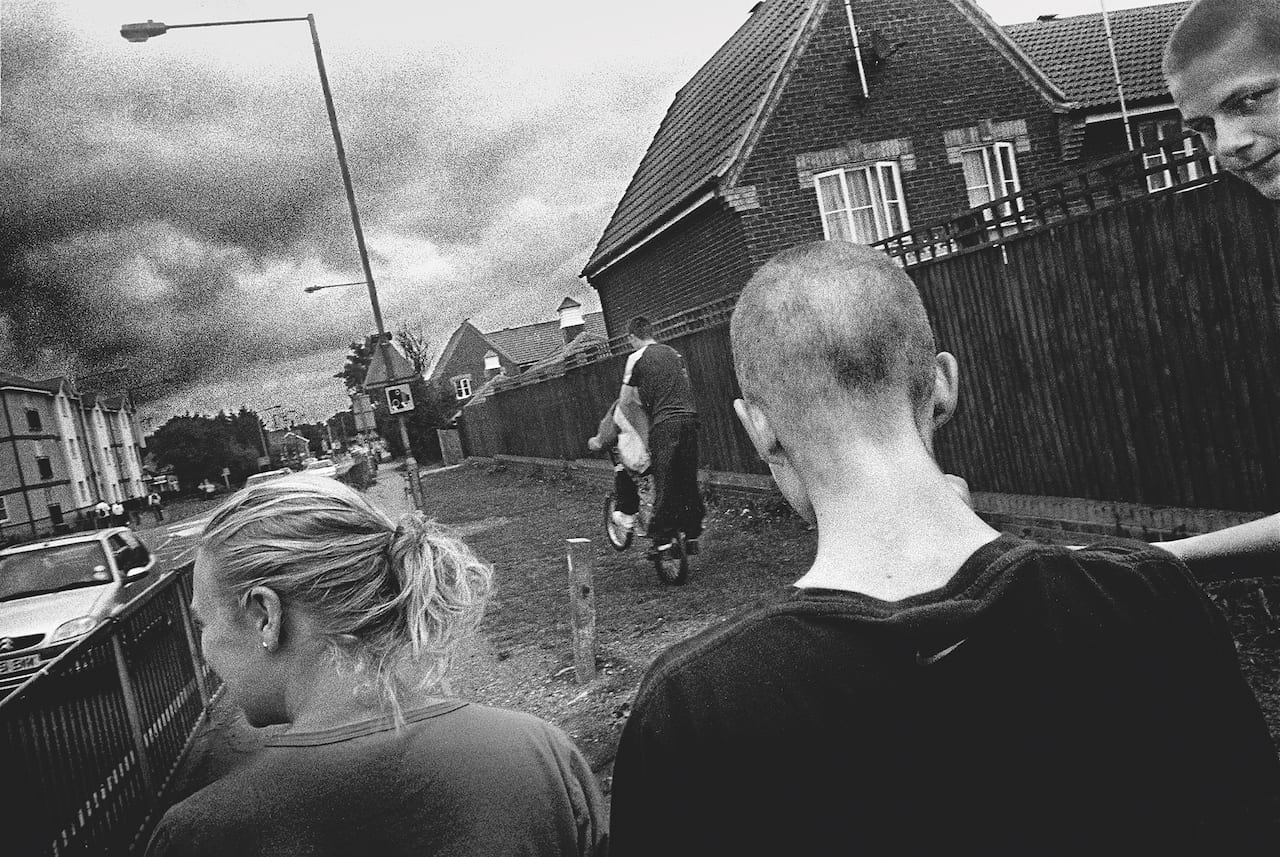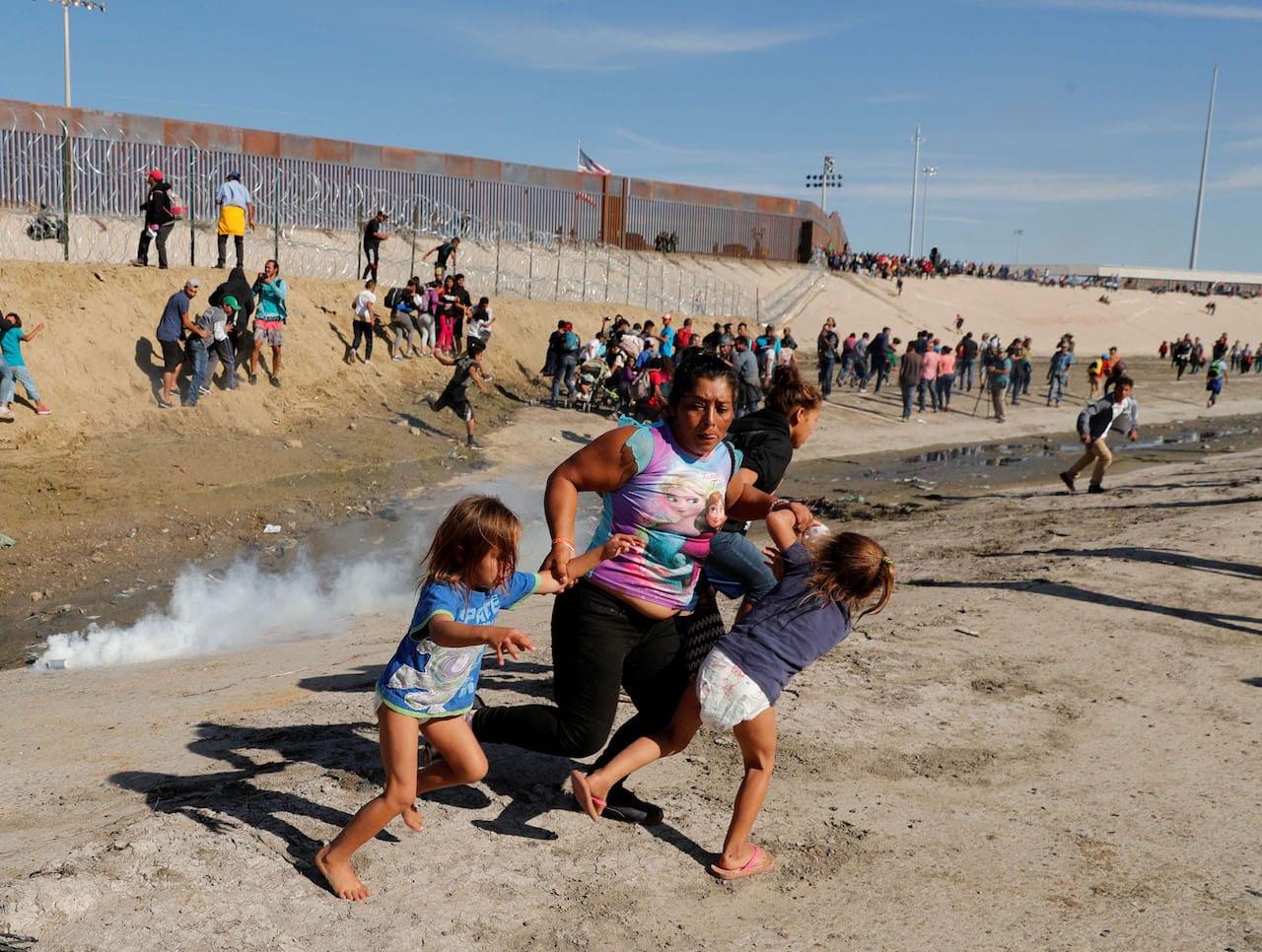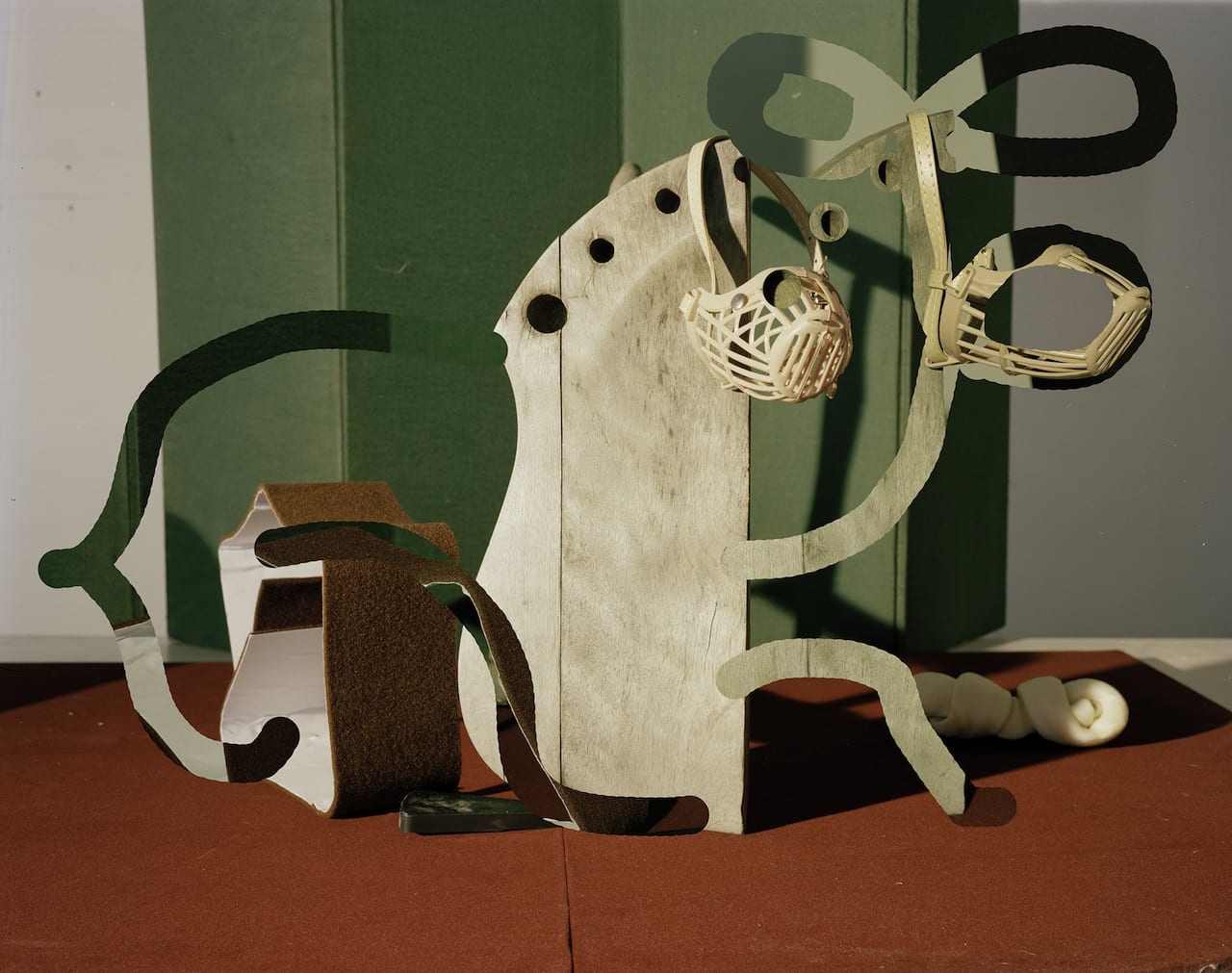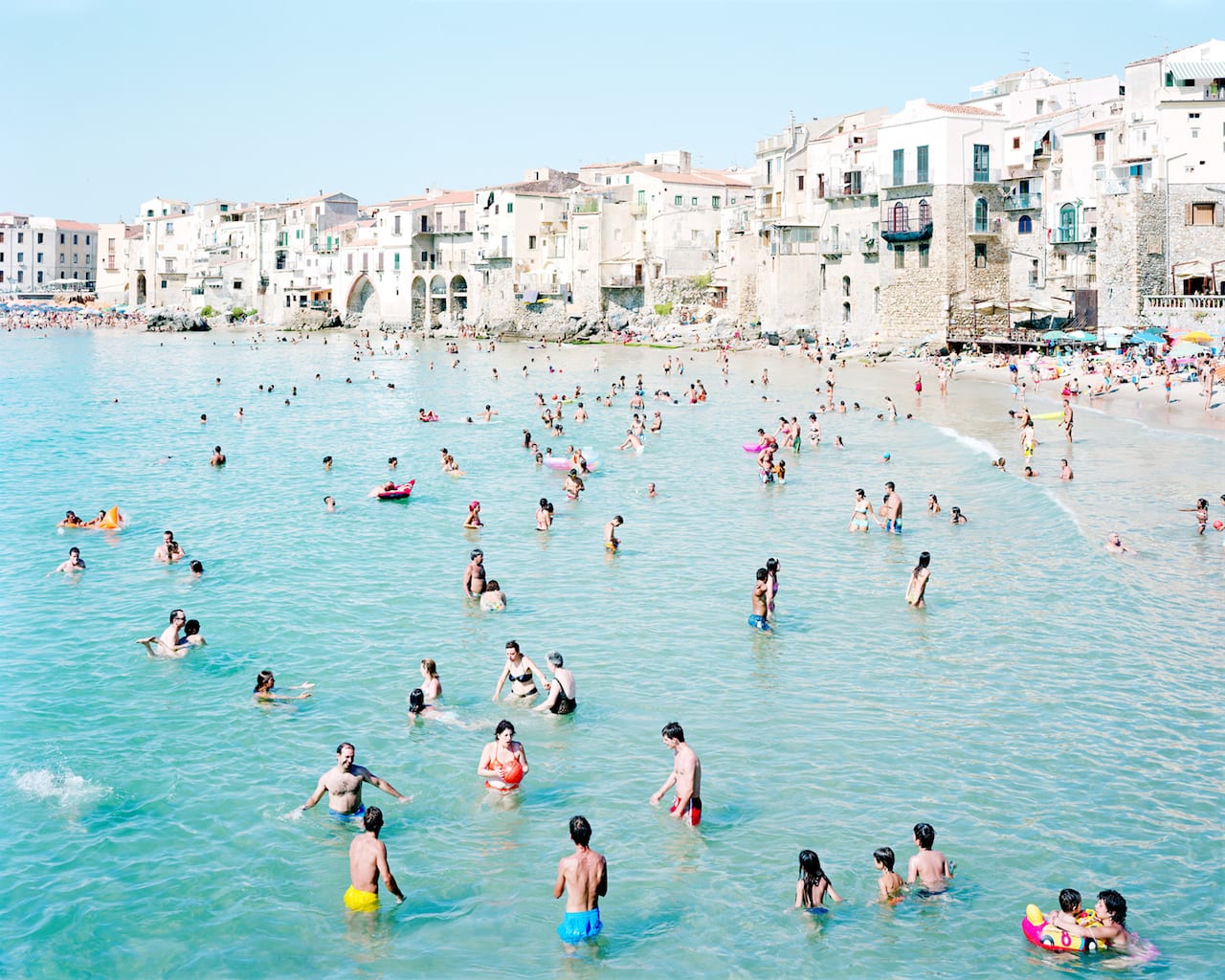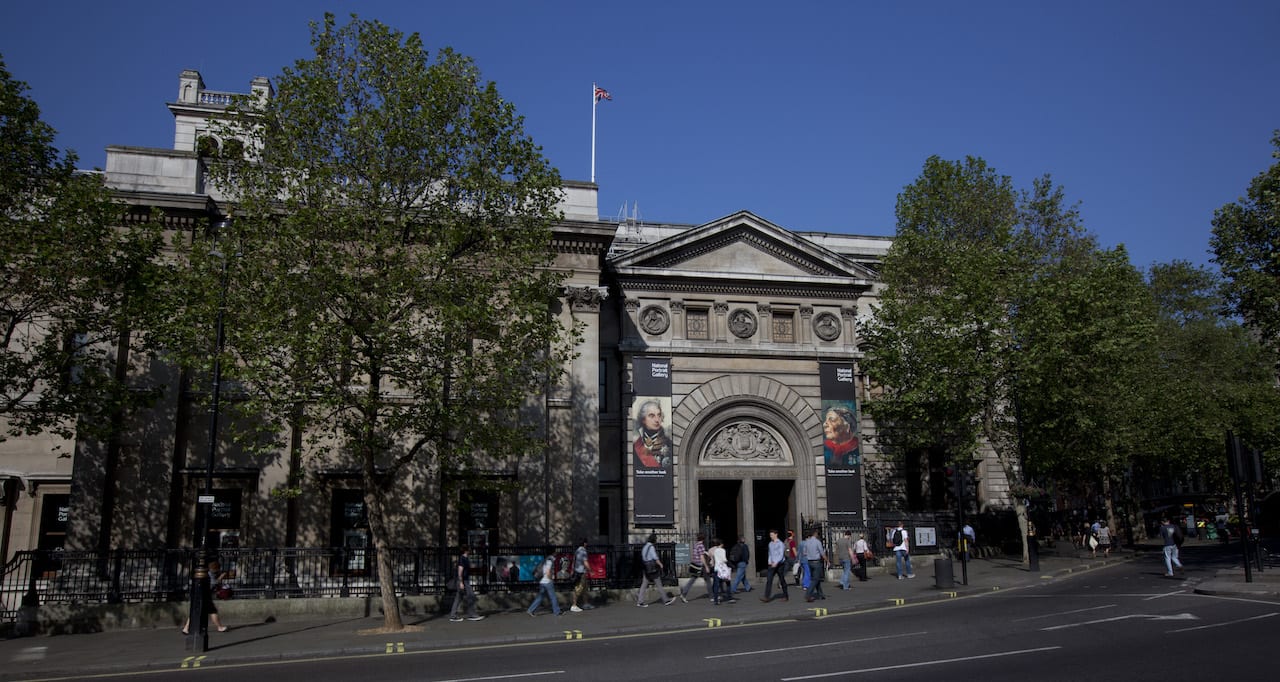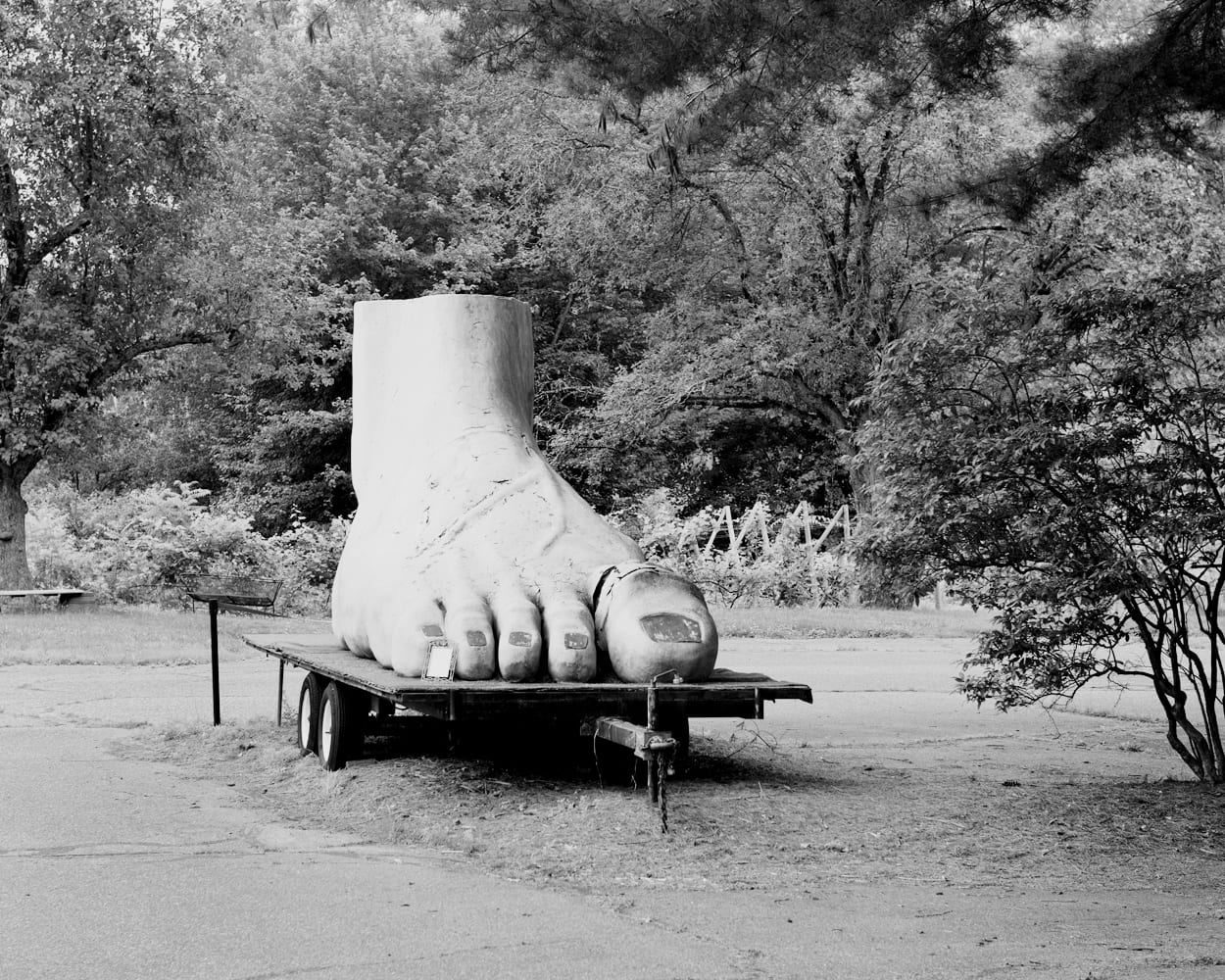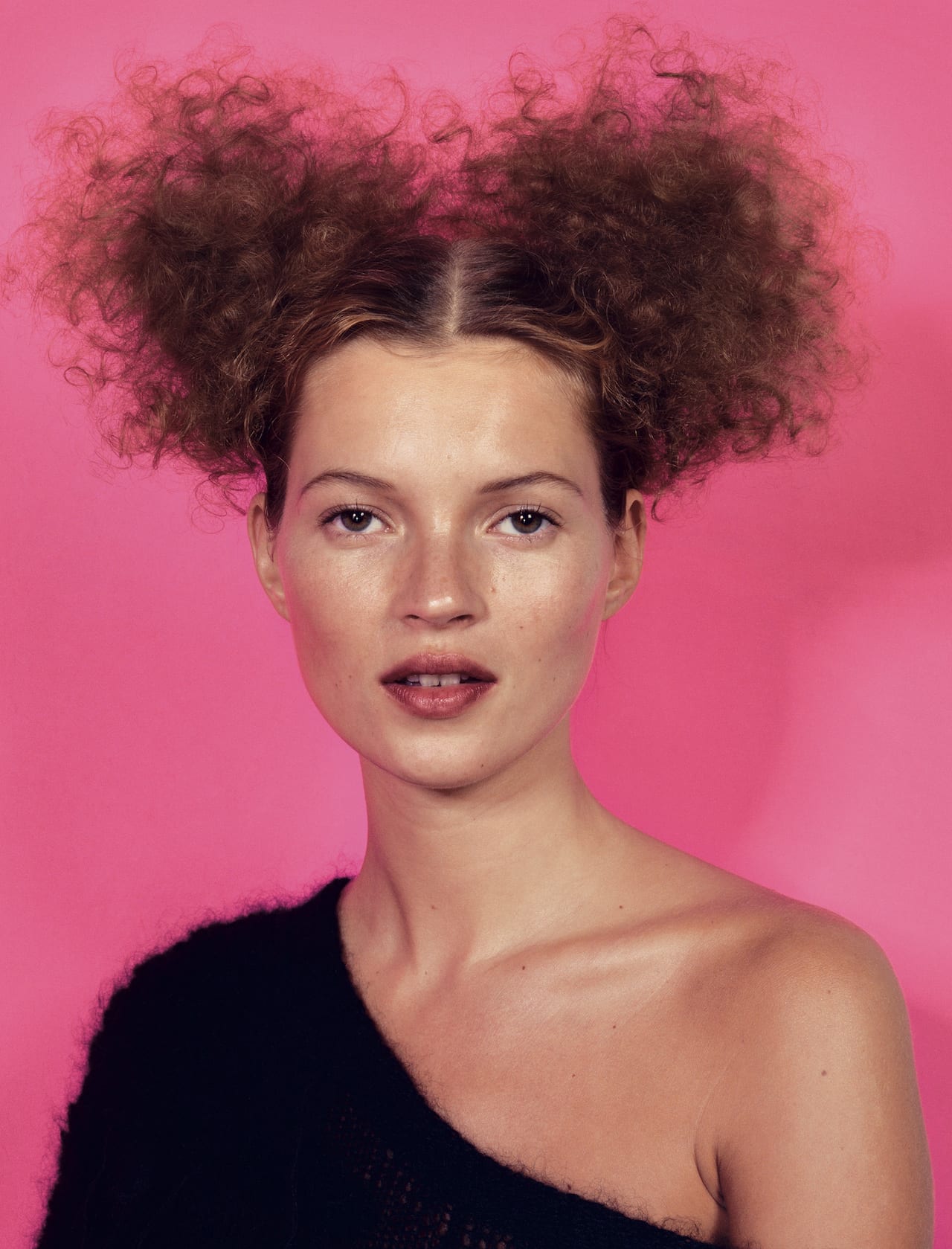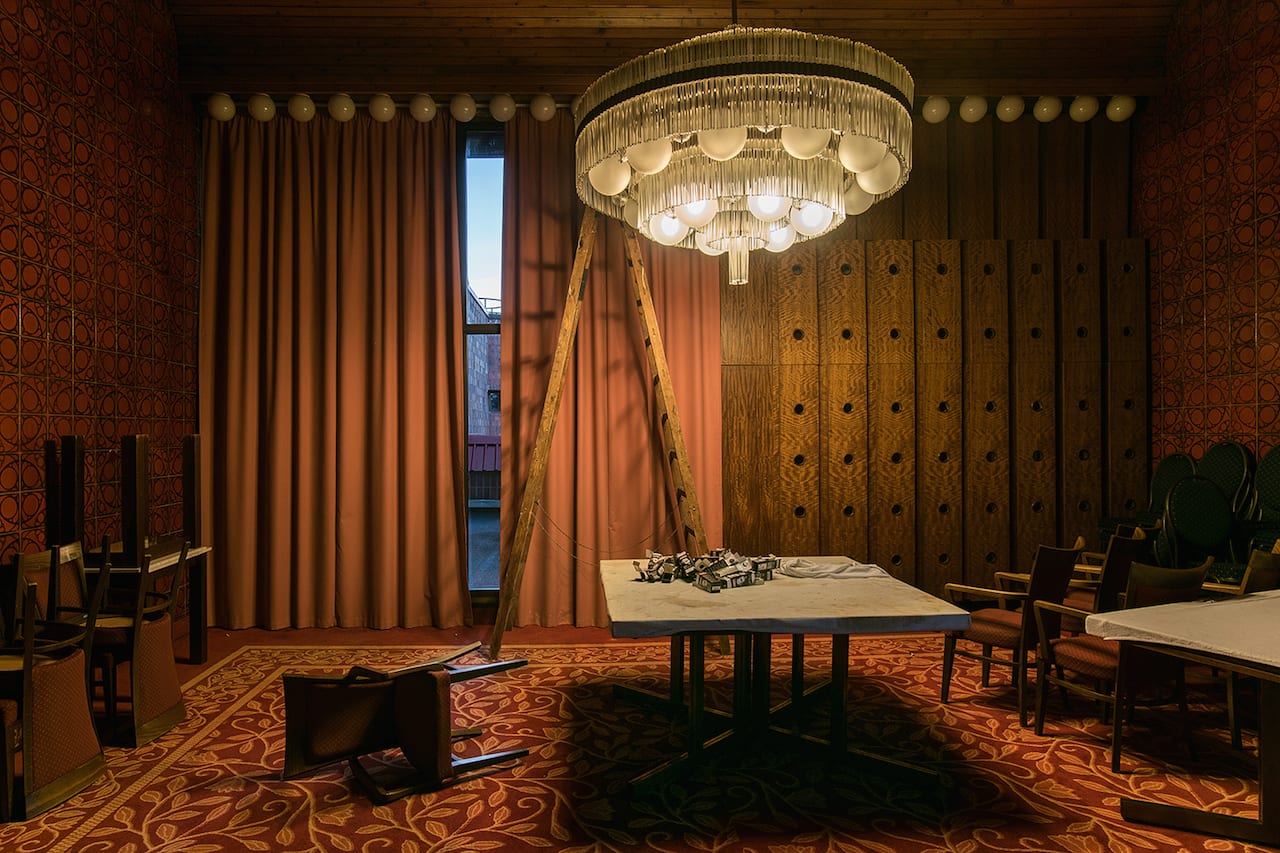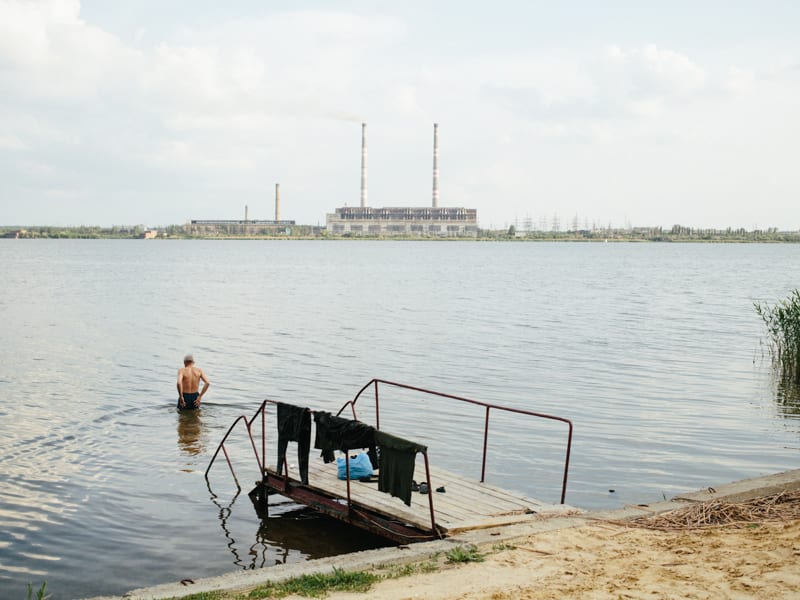Back in 2011, Mohammed Badra was studying architecture at Damascus University, a 20-minute drive from his native Douma. Then war broke out in Syria and he was forced to abandon his studies, initially becoming a first-responder for the Syrian Red Crescent, and then starting to take photographs of the conflict. “Taking a picture is documenting history,” he says simply. “I am an architecture student, I was pushed into photography.”
In 2015 Badra joined EPA [European Pressphoto Agency], working under Oliver Weiken and starting to focus in on images of children. Children are “the biggest losers in this war” he says, and there are many caught up in the crossfire, with the UN estimating that some 500,000 are currently living in 16 besieged areas in Syria.
And it’s the child that’s the really shocking factor in Badra’s photograph from Eastern Ghouta, which has been nominated for the World Press Photo of the Year. Showing victims of a suspected gas attack in hospital on 25 February 2018, the image includes a small boy hooked up to breathing apparatus.

